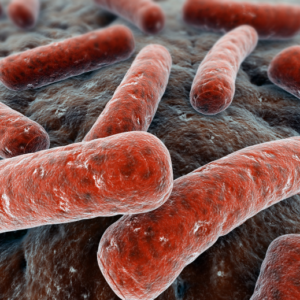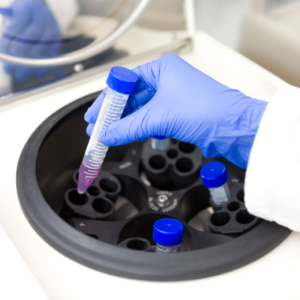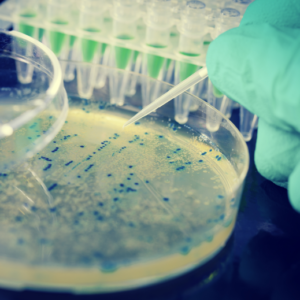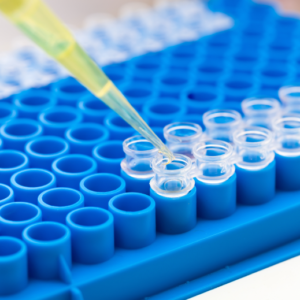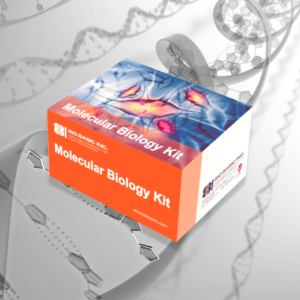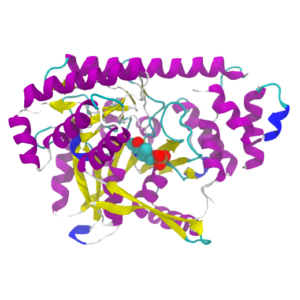CCL9, CCL10, murine (mouse): Macrophage Inflammatory Protein-1 gamma (MIP-1 gamma), also called MIP-2, belongs to the β (or CC) intercrine family of chemokines. It is further classified as a member of the NC6 or six cysteine-containing CC subfamily of chemokines. This subfamily contains four N-terminally extended chemokines, two human (CCL15 and CCL23) and two mouse (CCL9 and CCL10). Chemokines are known to undergo proteolytic processing to generate multiple isoforms. NC6 chemokines are usually only marginally active at full length, but are converted to highly active forms upon Nterminal truncation. Mature CCL9, in the presence of inflammatory fluids, is naturally truncated by 28, 29 or 30 aa at the N terminus, generating a highly active, 8 kDa, 71-73 aa CCR1 ligand. In contrast, other CCR1 ligands, CCL3/MIP1α and CCL5/RANTES, lose their potency when proteolytically processed. CCL9/10 is constitutively secreted, and circulates as a full length molecule. Any onset of inflammation with subsequent enzyme release may act on local NC6 chemokines, generating early, potent leukocyte chemoattractants.

CCL9, CCL10, murine (mouse)
£108.00 exc. VAT
5ug
| CAS | |
|---|---|
| Grade | |
| HS Code | 2937.19.0000 |
| Manufacturer | Bio Basic |
| Pack Size | 5ug |
| Shipping Conditions | ICE |
| Sterile | yes |
| Storage Conditions | (-15 to -20)C |
| UNSPSC Category | Other Cytokines and Chemokines |
| UNSPSC Code | 41116127 |
| DG | |
| Hazard Class | |
| Hazard UN |

